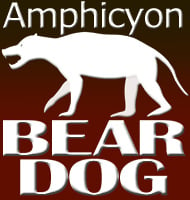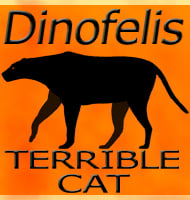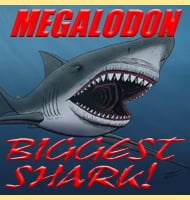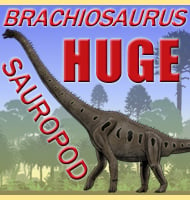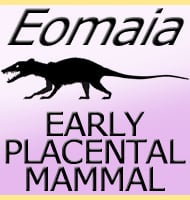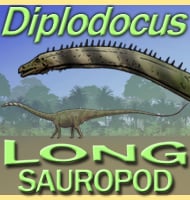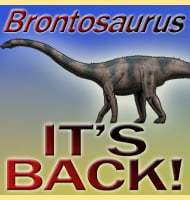In Depth
Palaeolagus is essentially an Eocene/Oligocene version of today’s rabbits and hares, however, Palaeolagus was quite a bit more primitive than modern forms. The rear legs in particular are proportionately shorter that modern rabbits, which means that Palaeolagus had less ‘spring’ in its step and therefore could not run anywhere near as fast as modern rabbits. Eocene and Oligocene era carnivores such as creodonts, nimravids and early amphicyonids however were also slower runners than modern cats and dogs however. While Palaeolagus would have likely been hunted by all of these kinds of predators, the gap between top running speeds may have proportionately been the same as modern rabbits and their modern predators. As the Oligocene progressed however, the ecosystems were changing to more open grasslands rather than forests, and this drove a shift towards faster herbivores, and faster predators to hunt them. Just like so many other animals that were not adapted to fast running, Palaeolagus seems to have gone extinct around the start of the Miocene.
Further Reading
– Notice of remains of extinct Mammalia, discovered by Dr. F. V. Hayden in Nebraska Territory. – Proceedings of the Academy of Natural Sciences of Philadelphia 8:88-90. – J. Leidy – 1856. – Fossil Mammalia of the White River beds of Montana. – Transactions of the American Philosophical Society 20:237-279. – E. Douglass – 1902. – Contributions to the Stratigraphy and Palaeontology of the Goshen Hole Area, Wyoming. IV. New Vertebrates and the Stratigraphy of the Oligocene and Early Miocene. – Bulletin of the Museum of Comparative Zoology 76(4):97-189. – E. M. Schlaikjer – 1935. – The Mammalian Fauna of the White River Oligocene: Part III. Lagomorpha. – Transactions of the American Philosophical Society 28(3):271-362. – A. E. Wood – 1940. – Later Tertiary Leoporidae of North America. – University of Kansas Paleontological Contributions Vertebrata 6:1-75. – M. R. Dawson – 1958. – A Primitive, Early Oligocene Species of Palaeolagus (Mammalia, Lagomorpha) from the Flagstaff Rim Area of Wyoming. – Journal of Vertebrate Paleontology 6(3). – R. J. Emry & C. E. Gawne – 1986. – Lagomorphs (Mammalia) from the Oligocene (Orellan and Whitneyan) Brule Formation, Nebraska. – Transactions of the Nebraska Academy of Sciences 16:141-152. – W. W. Korth & J. Hageman – 1988.

